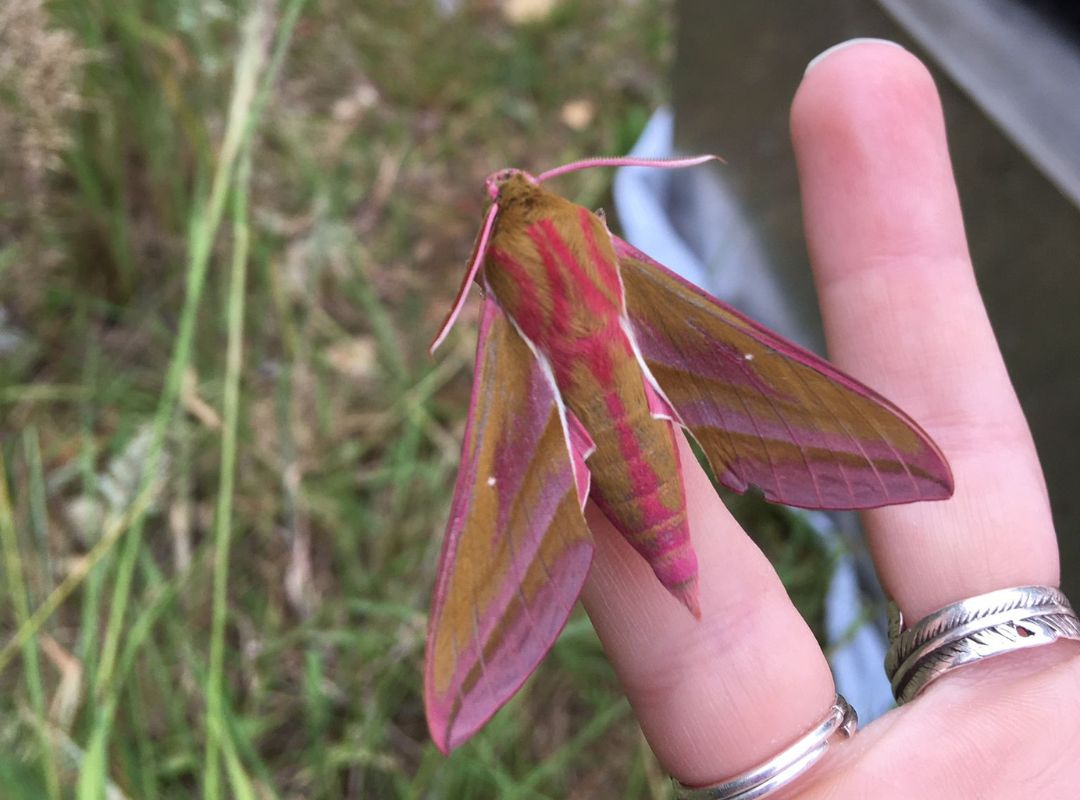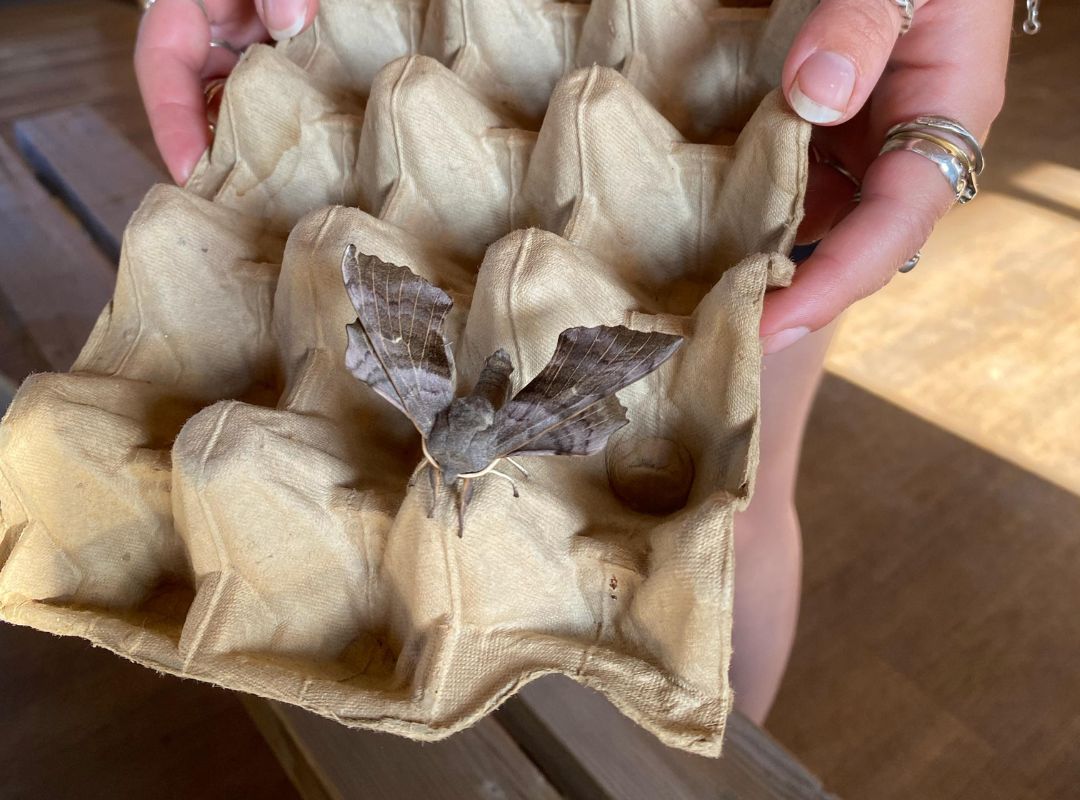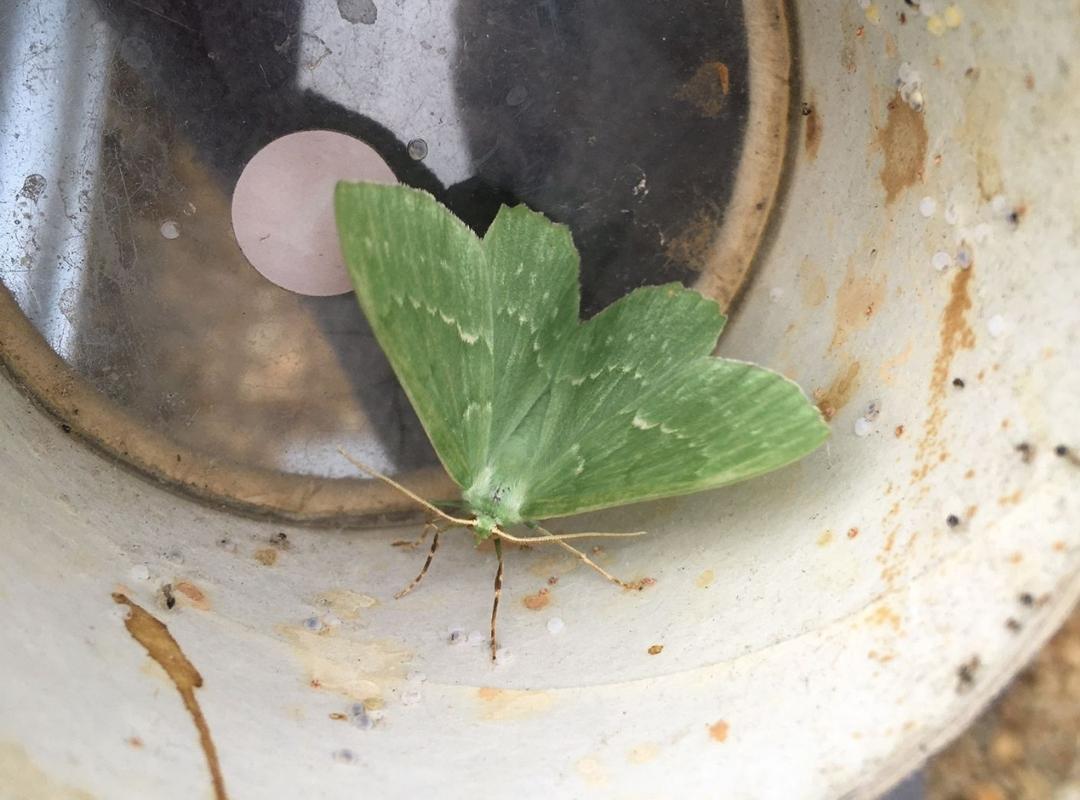National Moth Week: What We’re Discovering at Watatunga

A Celebration of Moths
National Moth Week is July 19th to 27th and was founded in 2012. It began as a grassroots project encouraging people to look a little closer at the moths around them. Since then, it’s become a global event, with more than 90 countries contributing sightings and data to help understand and celebrate these remarkable insects.
This international effort is supported by entomologists, ecologists, artists, and educators, all working to raise awareness of moths’ role in biodiversity. Here at Watatunga Wildlife Reserve, we’re proud to be playing our part in this growing community of moth-lovers.
“National Moth Week celebrates the beauty, life cycles, and habitats of moths,” – The organisers of National Moth Week. You can find out more on what the NMW do here.
Why Moths Matter
While butterflies often steal the spotlight, moths make up the vast majority of the Lepidoptera order with around 160,000 known species worldwide, compared to just 18,500 butterflies. They’re vital pollinators, food sources for other wildlife, and, perhaps most interestingly, bioindicators: species that tell us something about the health of the ecosystems they live in.
We’ve been putting more energy into moth surveys at Watatunga. The more we learn about them, the more we learn about the land itself. For example, the presence of species like the Poplar Hawk moth suggests we may be looking at an area with ancient woodland features, which is a fantastic sign for biodiversity.
Surveying the Skies at Watatunga
Thanks to the expertise of lepidopteran specialist Paul Waring (from the National Moth Society and British Entomological and Natural History Society) and our own Conservation & Education Officer Miranda, we’ve been conducting a number of night-time moth surveys here at the reserve. Here’s a snapshot of what we’ve discovered so far:
- Initial surveys at the Biobase recorded around 70 individuals from 30 species, including the stunning Poplar Hawk-moth and Pine Hawk-moth.
- A larger night survey on June 24th across multiple sites (Majors Gate, Forest School and Reception) recorded over 100 species of macro-moth in a single night, including four hawk-moth species: Privet, Poplar, Eyed and Elephant.
- Among the highlights was the Marbled Clover, a nationally scarce species that one of the moth researchers present hadn’t seen in 60 years of fieldwork.
Our July 23rd survey also returned impressive results, even with less than ideal weather. Around 80 species were recorded, including two Red Data Book species: the Marbled Clover and Tawny Wave, both Breckland specialists found in fewer than 15 UK grid squares. We also recorded:
- Dusky Thorn – a species with a 98% decline since 1970 (Rothamsted Insect Survey)
- Dark-barred Twin-spot Carpet and Red Twin-spot Carpet – both declining species
These findings not only excite our research team, they tell us something important about the reserve itself. “Moth surveying is very exciting. You set up multiple traps around sunset with the hopes of attracting some species. Then throughout the night a huge variety of moths are drawn to each trap. The best part is just after dawn when you get to open them up. The moths are very docile, so you can see them up close and admire all their amazing patterns and colours! I never knew moths were so beautiful until I started surveying, it has got me hooked!” – Miranda, our Conservation & Education Officer

Moth Watching: How You Can Get Involved
This National Moth Week, we’d love to encourage our visitors and followers to look a little closer at the creatures flitting around after dark. You don’t need fancy equipment; a torch, a white sheet, and a bit of patience can often lead to brilliant discoveries.
If you’re lucky enough to spot a moth at the reserve or in your own garden, send us a photo! We’re always keen to see what others are finding, share them to us on either on our Facebook page or Instagram page.
Our moth surveys are still ongoing, and we’re excited to see what else turns up as the seasons change. From delicate carpets to powerful Hawk-moths, every species helps tell the story of Watatunga’s landscape and we’re only just scratching the surface.
